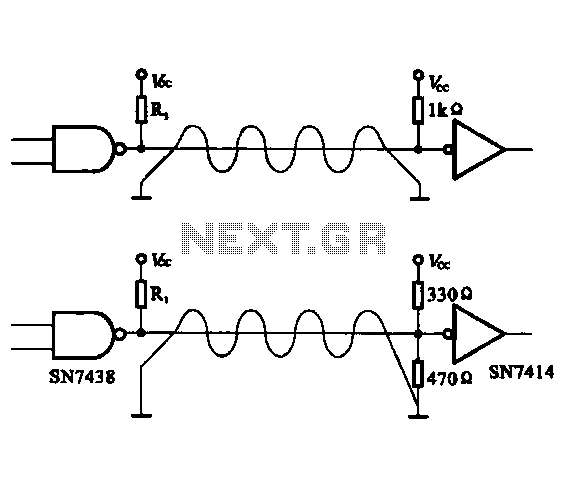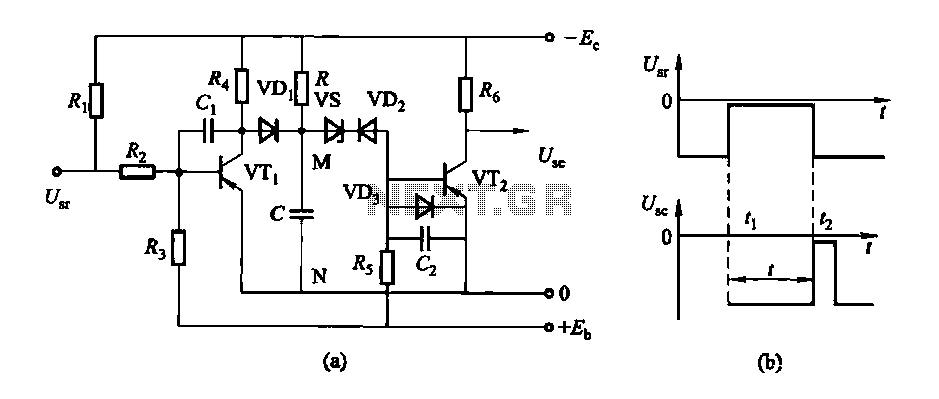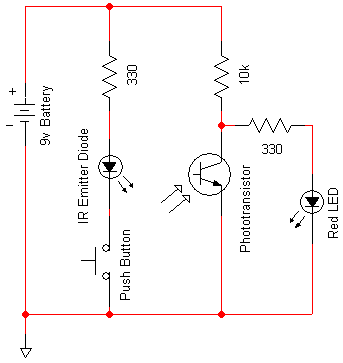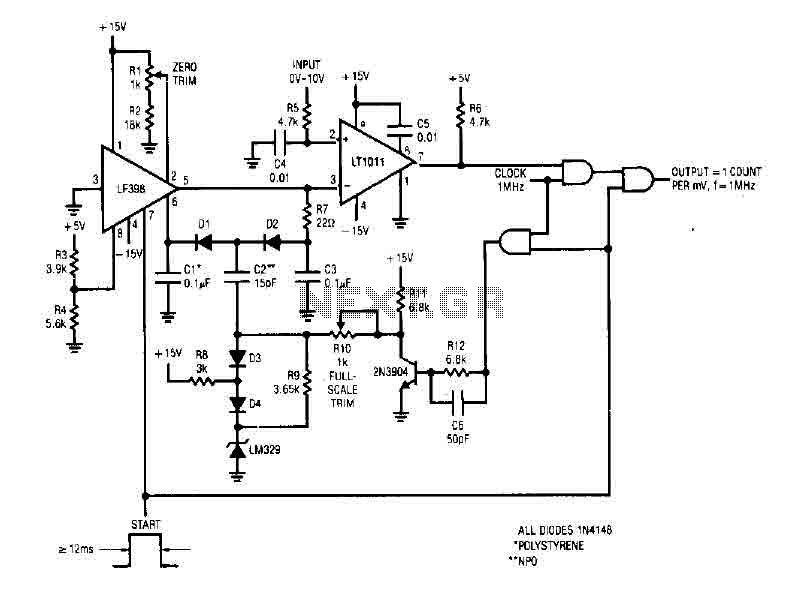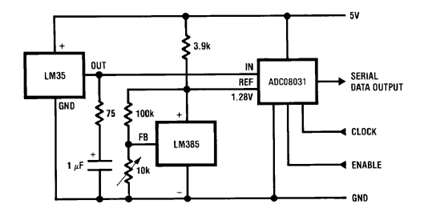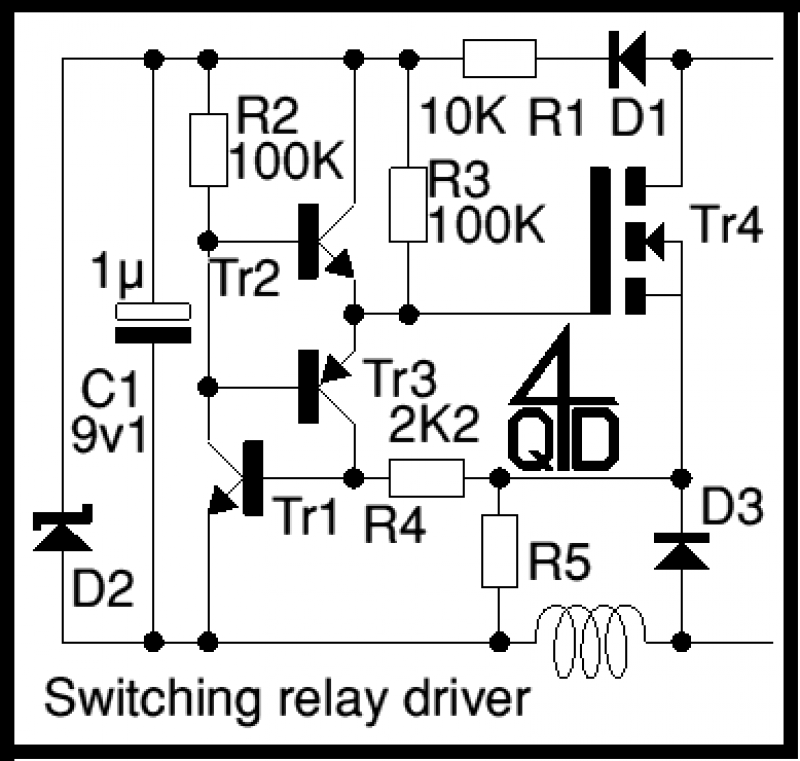
Thermal pyroelectric infrared sensing automatic light circuit (6)
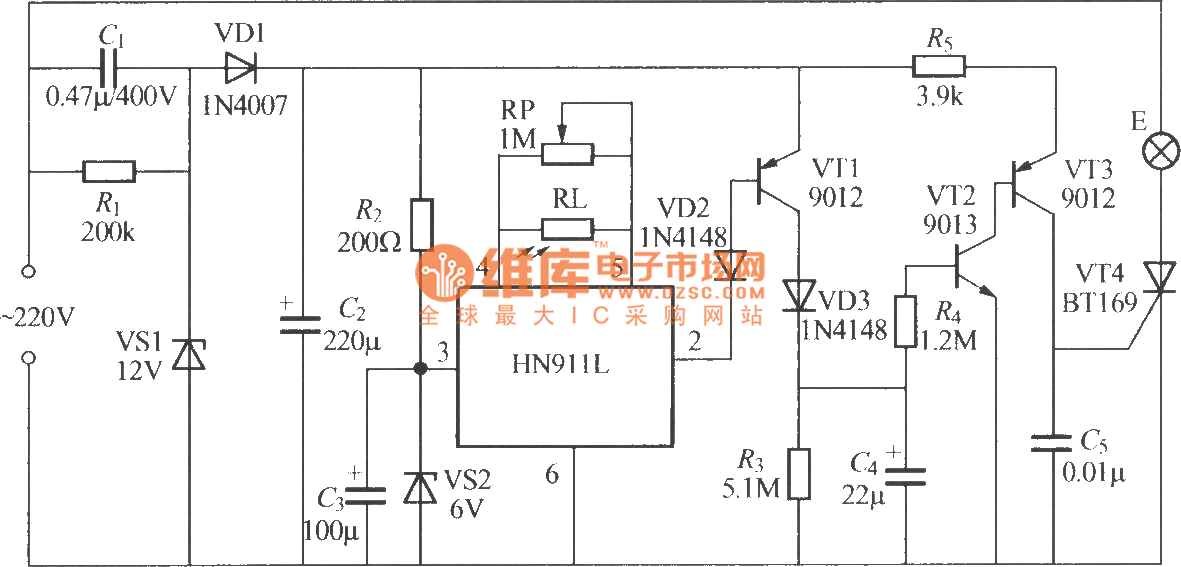
The figure illustrates an automatic light sensing system utilizing the HN911L pyroelectric infrared detection module. The HN911L incorporates high-sensitivity infrared sensors, a passive infrared (PIR) sensor, amplifiers, a signal processing circuit, and an output circuit. This module is capable of remotely detecting faint infrared signals produced by human motion, allowing the lights to be activated when movement is detected.
The HN911L pyroelectric infrared detection module operates by detecting changes in infrared radiation within its environment, which is primarily emitted by human bodies. The module consists of two main sensing elements that create a differential signal when a warm object, such as a person, crosses the detection zone. This differential signal is amplified and processed by the integrated circuitry, which determines if the signal exceeds a predefined threshold.
When the module detects motion, it triggers the output circuit, which can be connected to various types of lighting systems, such as LED or incandescent bulbs. The output can be configured to remain active for a predetermined duration after the last detected motion, ensuring that the lights remain on for a set period before automatically turning off, thus enhancing energy efficiency.
The HN911L module typically features adjustable sensitivity settings and time delay configurations, allowing customization based on specific application requirements. Installation is straightforward, as the module can be mounted on walls or ceilings, with the detection range and angle determined by the positioning of the sensor.
In summary, the HN911L pyroelectric infrared detection module provides an effective solution for automatic lighting control, utilizing advanced sensing technology to enhance convenience and energy savings in residential and commercial environments.As shown in the figure, it isa sensing automatically lightmade by newHN911L pyroelectric infrared detection module. The HN911L integrates high - sensitivity infrared sensors, PIR, amplifiers, signal processing circuit andoutput circuit.
Itisable to remote sense the faint infrared signals from human motion. The lights can be turned on when people move around.. 🔗 External reference
The HN911L pyroelectric infrared detection module operates by detecting changes in infrared radiation within its environment, which is primarily emitted by human bodies. The module consists of two main sensing elements that create a differential signal when a warm object, such as a person, crosses the detection zone. This differential signal is amplified and processed by the integrated circuitry, which determines if the signal exceeds a predefined threshold.
When the module detects motion, it triggers the output circuit, which can be connected to various types of lighting systems, such as LED or incandescent bulbs. The output can be configured to remain active for a predetermined duration after the last detected motion, ensuring that the lights remain on for a set period before automatically turning off, thus enhancing energy efficiency.
The HN911L module typically features adjustable sensitivity settings and time delay configurations, allowing customization based on specific application requirements. Installation is straightforward, as the module can be mounted on walls or ceilings, with the detection range and angle determined by the positioning of the sensor.
In summary, the HN911L pyroelectric infrared detection module provides an effective solution for automatic lighting control, utilizing advanced sensing technology to enhance convenience and energy savings in residential and commercial environments.As shown in the figure, it isa sensing automatically lightmade by newHN911L pyroelectric infrared detection module. The HN911L integrates high - sensitivity infrared sensors, PIR, amplifiers, signal processing circuit andoutput circuit.
Itisable to remote sense the faint infrared signals from human motion. The lights can be turned on when people move around.. 🔗 External reference
Warning: include(partials/cookie-banner.php): Failed to open stream: Permission denied in /var/www/html/nextgr/view-circuit.php on line 713
Warning: include(): Failed opening 'partials/cookie-banner.php' for inclusion (include_path='.:/usr/share/php') in /var/www/html/nextgr/view-circuit.php on line 713
